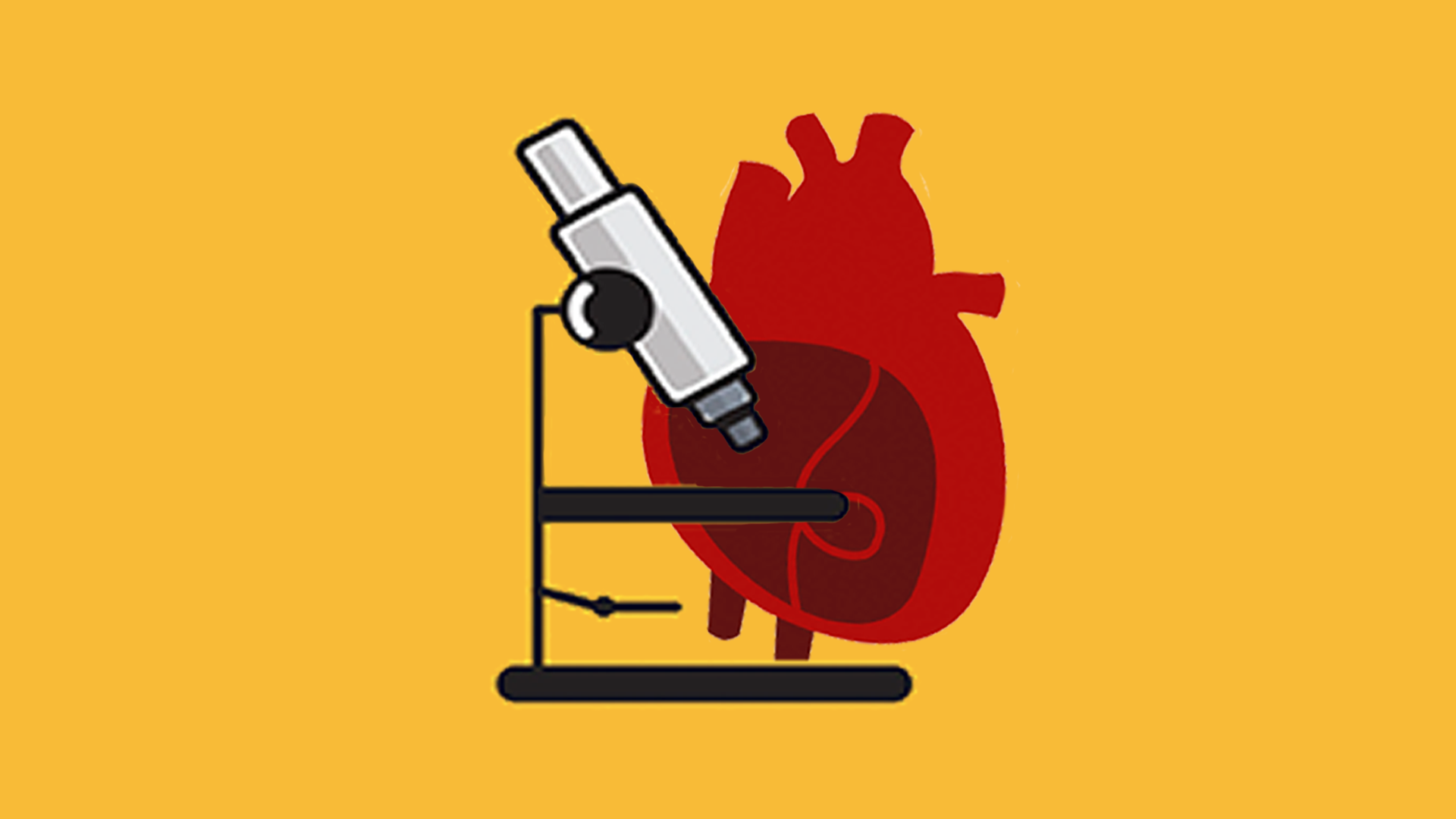This week my research group from South Dakota State University published a research article in the Biophysical Journal. The article describes the function of a tiny molecular switch in your heart. The switch instructs the heart muscle when to relax (fill with blood) and contract (eject blood). The name of the switch is Troponin.
Most physicians are familiar with Troponin by name, but are unaware of its function. Physicians know that if a person has a heart attack, heart muscle cells die, and spill their contents (including Troponin) into the blood stream. An elevated concentration of (cardiac) Troponin in the blood is evidence of a heart attack.
But Troponin is more than a blob on a laboratory test. It is a switch. Troponin switches are arranged at regular intervals on actin filaments. Calcium binding to Troponin causes structural movements within the switch that allow neighboring myosin heads — tiny molecular motors — to row against actin filaments. The collective rowing of all these molecular motors causes the heart muscle to contract. The switched state of Troponin (on/off) dictates whether the section of actin filament under its control is available to be rowed upon.
You can actually see these tiny actin filaments, decorated with Troponin, under a microscope. These decorated filaments can be obtained by grinding up heart muscle (old way) or assembled from scratch by mixing together the individual protein components (modern way). Moreover, you can attach dye molecules at specific locations within Troponin then prepare decorated actin filaments that contain the dye-labeled Troponin (“glow-in-the-dark Troponin”).
Decorated actin filaments seen under a microscope.
Glow-in-the-dark Troponin is more than a neat Halloween party trick. The dye molecules that are attached to Troponin can transfer light between each other. The efficiency of light transfer depends on the distance between dyes. Thanks to modern methods in molecular biology we could attach these dye molecules just about anywhere we pleased. There was a lot of trial and error (measured in years of effort) that went into figuring out where, exactly, we should attach these dyes. Our goal was to find the locations that undergo substantial movement when Calcium binds. We even secured a patent on the dye placement.
To summarize: we can see the decorated actin filaments under the microscope because the Troponin switches have tiny dye molecules attached to them, and by examining the brightness of the dye molecules we can measure internal changes in the structure of Troponin.
We didn’t measure brightness. Measuring brightness is child’s play. The cool kids know that most dye molecules flash billions of times per second. You can measure the pulsing of these dyes using a (rather expensive) stop watch that can measure events faster than a trillionth of a second.
Budget
One super duper microscope with (1) lots of lasers, (2) ultra high sensitivity — capable of measuring single light corpuscles, and (3) incredibly fast stop watch. $750,000.
- Dye molecule variety pack. $25,000
- Sample handling facility. $225,000
- Labor. $1,000,000
The $2M Conclusion
The things being regulated (myosin motors rowing) do the regulating themselves.
More technically, both Calcium and myosin motors are responsible for activating Troponin that decorate the actin filament. Acto-myosin complexes in both force generating and pre-force generating states activate Troponin.
Other Results
- Four scientists, in particular, received major training: Chris, Maria, Bing, Tanya.
- Undergraduate and graduate students, too numerous to mention, received training, were inspired, and received awards.
- Technicians and associates were employed.
- We confirmed previous measurements that examined, but did not visualize, decorated actin filaments.
- University cache improved.
- Solved technical aspects of sample preparation.
- Paved the way for future experiments at single “molecule” resolution.
Thanks all around
I want to also give credit to you, John, as without your guidance, expertise, drive, and funding, the work would not have been possible. I look back upon the work I conducted with you, Chris, and GiHo with the utmost fondness and gratitude. I am honored to have worked with you all.
~M.M.





